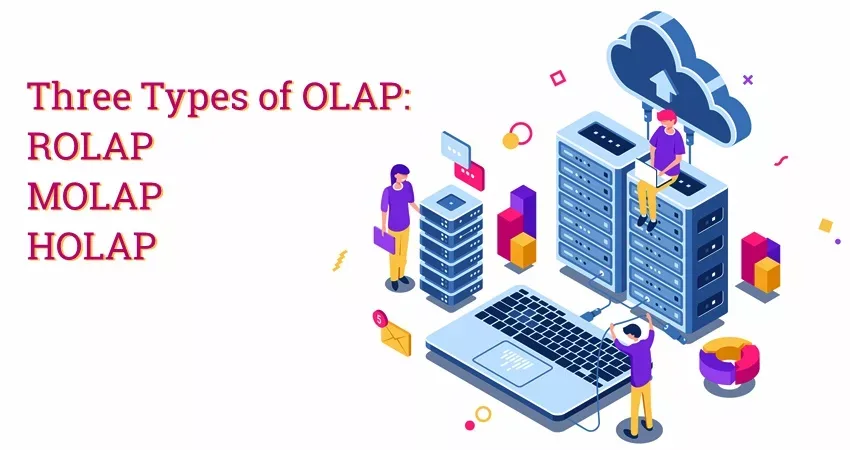Since, data is the new currency, organizations don’t have much option than base their business upon it. These days organizations are heavily dependent on their data and data analysis.
This data, more often than not, has multiple dimensions and categories. They might be broken down for different purposes such as presentation, analysis or tracking.
It varies on how organizations plan on storing, using and analyzing the data.
Hence, it becomes imperative for organizations to use some powerful and efficient data storage and analytics engines. Enter OLAP!
OLAP, an acronym for On-Line Analytical Processing, is a set of software technologies that provides the users with the capability to analyze large volumes of data.
These data could be from data marts, data warehouses of any central data stores.
In data warehouses, data is stored in tables as rows and columns. OLAP extracts this data and organizes it in a multidimensional format.
This enables the system to analyze the data quickly to generate useful insights from it.
There are three types of OLAP systems as follows:
ROLAP stands for Relational OLAP. It uses relational and extended RDBMS to manage the data warehouse.
ROLAP does not reorganize the data. Instead, it operates directly on relational tables.
It gives you a multidimensional view without explicitly storing the data in a multi-dimensional format.
ROLAP implementation includes optimization for each database, aggregation logic, and some additional tools.
ROLAP architecture consists of three main entities:
- DB server,
- ROLAP server and
- Front-end tools.
Advantages:
ROLAP is capable of handling large amounts of data. The system also offers scalability for managing the data even with an increasing amount of data.
It can also leverage the inbuilt functionalities in the databases. Due to this, the system provides high efficiency.
Disadvantages:
Since ROLAP uses relational tables, its capability is limited by SQL functionality.
ROLAP can be slow as compared to HOLAP and MOLAP.
Also Read: OLTP vs OLAP: Understanding the Differences
Multidimensional On-line Analytical Processing, or MOLAP, uses a multidimensional model for processing of data.
Unlike ROLAP, it does not work with or on relational databases directly.
It is capable of working with the data which is already stored in a pre-defined multidimensional array.
MOLAP tends to store non-zero facts as well, and hence the arrays are often sparse.
The systems use indexing and hashing to reduce the time and cost of search operations on the data.
It aggregates, summarizes, and stores the data according to the predicted usage of the data.
Data compression techniques might be applied to the data, depending on whether it is sparse or dense.
The architecture of MOLAP is similar to that of ROLAP. It consists of the following components:
- Database Server,
- MOLAP Server,
- Front-end tools.
Advantages:
MOLAP offers the fastest indexing on pre-computed summarized data. It is best used for complex calculations.
It is easy to use and hence can be used by inexperienced users as well.
Disadvantages:
MOLAP requires additional investment along with our pre-existing systems.
The storage utilization might be low if the data is sparse.
HOLAP stands for Hybrid On-Line Analytical Processing. It includes the functionalities of both: ROLAP and MOLAP servers.
It allows storing some part of the data in relational tables in ROLAP and some part in aggregations in the MOLAP server.
Being a hybrid of MOLAP and ROLAP, it has the advantages of both.
Advantages:
It provides us with the scalability of the ROLAP server along with the speed of computation of the MOLAP server.
Disadvantages:
The problem with HOLAP is the complex implementation as it supports both ROLAP and MOLAP.
Conclusion
With multiple options available for organizations to choose from, it can be a daunting task for many.
Just that, to derive the most value, it is best to test and check as to which of the three – ROLAP, MOLAP or HOLAP work the best for you.
Many might go the hybrid way, but that is not always the best way to go for some who work on a niche segment of data.
Overall, organizations globally require OLAP, and this is somewhat of a necessity in the modern data-driven world.
You May Also Like to Read:
Snapshot vs. Backup: What’s the Difference Between the Two?

